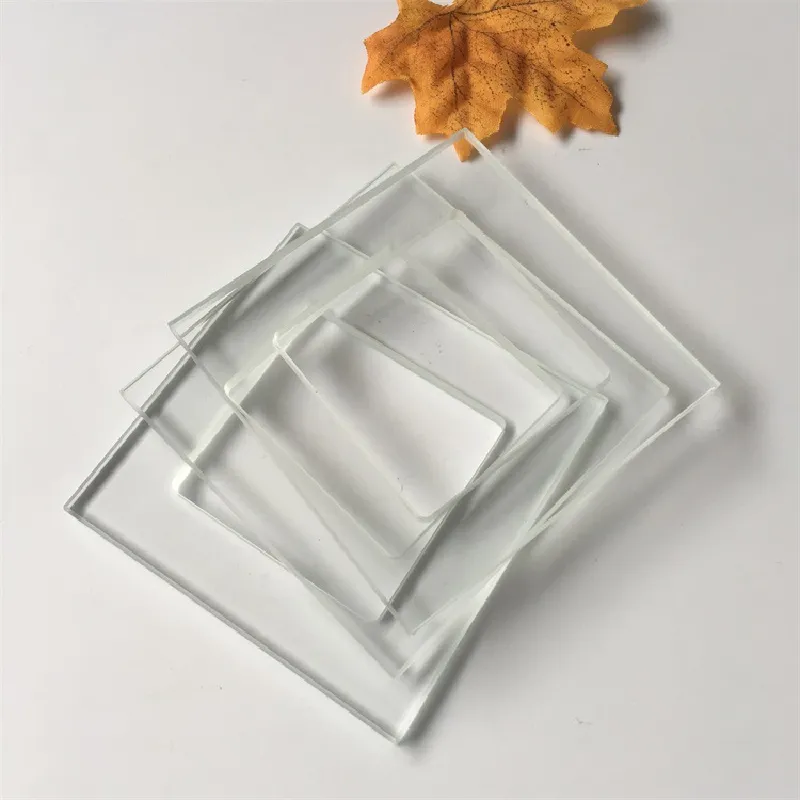Dec . 11, 2024 02:25 Back to list
Wholesale Pricing Trends for Tempered Glass Products in 2023
Understanding the Wholesale Prices of Tempered Glass A Comprehensive Overview
Tempered glass, known for its enhanced strength and safety properties, has become a preferred choice in various industries, ranging from construction to automotive. As demand for this material increases, the wholesale prices of tempered glass are subject to various factors including production costs, market demand, and regional variations. This article aims to explore the elements influencing the wholesale prices of tempered glass and how businesses can navigate these dynamics effectively.
What is Tempered Glass?
Tempered glass, also referred to as toughened glass, is produced through a process of extreme heating and rapid cooling. This method increases the glass's strength compared to standard glass, making it less susceptible to breakage. When broken, tempered glass shatters into small, blunt pieces, reducing the risk of injury, which is crucial for applications in homes, vehicles, and commercial spaces.
Factors Influencing Wholesale Prices
1. Raw Material Costs The primary ingredient in tempered glass production is silica sand, but the overall cost structure also includes soda ash, limestone, and other materials. Fluctuations in the prices of raw materials as a result of global supply chain disruptions can directly impact the cost of tempered glass.
2. Production Methods The technology and equipment used in the manufacturing process can affect the wholesale price. Companies that invest in advanced technology may produce glass more efficiently, potentially lowering costs in the long term. However, high initial costs for advanced machinery may push wholesale prices up in the short term.
3. Labor Costs The cost of skilled labor in the manufacturing of tempered glass varies by region and significantly influences wholesale pricing. Regions with higher labor costs may see increased prices, while areas with a more competitive labor market might offer better wholesale rates.
4. Market Demand Seasonal trends and the overall economy can impact demand for tempered glass. For instance, during peak construction seasons or when consumer trends favor larger glass installations (like glass facades in commercial buildings), demand rises, inevitably pushing up wholesale prices. Conversely, during economic downturns, demand may decrease, resulting in lower prices.
5. Volume Purchases Buying tempered glass in bulk can lead to significant cost savings. Wholesale prices are often tiered, meaning that the more glass a buyer purchases at once, the lower the per-unit cost becomes. Businesses often negotiate with suppliers to secure favorable pricing for large orders.
tempered glass wholesale price

6. Regional Variations The location of the supplier and the local market conditions can lead to price discrepancies. In regions where production facilities are located closer to raw material sources, transportation costs may be lower, resulting in more competitive pricing. Conversely, in remote areas where transportation is a significant factor, prices may be higher.
Navigating the Market
To effectively handle the wholesale pricing of tempered glass, businesses can adopt several strategies
- Market Research Continuous research and analysis of market trends can help companies anticipate price fluctuations and better plan their purchases. Understanding when to buy can lead to cost savings.
- Supplier Relationships Establishing strong relationships with suppliers can lead to better negotiating power for pricing and terms. Long-term partnerships may yield benefits such as loyalty discounts or priority during high-demand periods.
- Flexibility in Sourcing When possible, diversifying suppliers can be beneficial. Engaging with multiple suppliers across different regions may help companies leverage competitive pricing and ensure a stable supply chain.
- Efficiency Improvements Investing in process improvements and technology upgrades can help reduce manufacturing costs, thus allowing businesses to be more competitive in pricing.
Conclusion
The wholesale price of tempered glass is influenced by a variety of dynamic factors, from raw material costs to market demand. As industries continue to grow and evolve, understanding these factors will be essential for businesses looking to navigate the complexities of the tempered glass market successfully. By utilizing strategic purchasing practices and maintaining strong supplier relationships, companies can optimize their operations and secure cost-effective solutions in this competitive landscape.
-
Safety and Style with Premium Laminated Glass Solutions
NewsJun.24,2025
-
Reinvents Security with Premium Wired Glass
NewsJun.24,2025
-
Premium Float Glass Line for Modern Architecture
NewsJun.24,2025
-
Low Emissivity Glass for Energy-Efficient Architecture
NewsJun.24,2025
-
High-Performance Insulated Glass Solutions for Modern Architecture
NewsJun.24,2025
-
Elevates Interior Style with Premium Silver Mirror
NewsJun.24,2025
Related PRODUCTS














